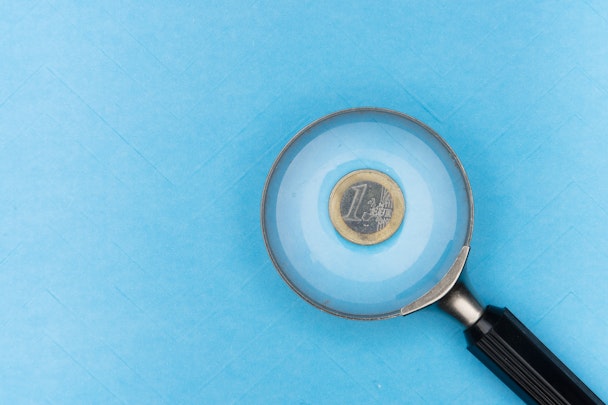Isba audit sees publishers grow programmatic ad spend share 8%
New study gives advertisers clearest view yet of where programmatic spend actually goes.

Advertisers have finally accounted for the lost spend in the programmatic supply chain
Retailer John Wanamaker famously said: “Half the money I spend on advertising is wasted; the trouble is I don’t know which half.“ It’s a mantra often linked with the world of programmatic advertising, where brands have long known that elements of the media plan work harder than others, but the ecosystem lacked the standards and interoperability to track spend through an opaque supply chain.
Then, in 2020, the Incorporated Society of British Advertisers (Isba), along with the AOP (Association of Online Publishers) and PwC, engaged in a first-of-its-kind study to shake up the sector. It identified an ‘unknown delta’ in the ecosystem, where 15% of spend was unaccounted for.
This week, part two of that study has been released. It has helped unveil the state of the adtech apparatus in premium environments for 11 members including Channel 4, Deliveroo, Diageo, Dominos, PepsiCo, Sky, Tesco, Vodafone and Arla Foods. There were also seven agencies, six of the top DSPs and SSPs, as well as 10 of the UK’s biggest publisher houses.
Advertisement
The findings
-
The proportion of advertiser spend reaching publishers (after supply chain costs) was up by 8% to 65%.
-
From 15% of unaccounted spend in 2020, in open marketplaces that’s now down to 3% while in private marketplaces it is less than 1%.
-
Auditors got better at joining the dots and there has been a fivefold improvement on connected impression data from DSP to SSP. In 2020 it was 12%, while we’re now at 58%.
-
The study claims Ads.Txt had a ”measurable impact on limiting unauthorized selling of ad inventory”.
-
This time around, all adtech vendors provided log-level rather than aggregate data, which helped match impressions.
-
1.3bn impressions were analyzed, which is the same as last time, while twice as many impressions were successfully matched from DSP to SSP (up to 61m).
-
There is still room for improvement as 20% of data fields were not shared, for either legal or technical reasons. Above that, inconsistencies in data format (names, currency, device type, etc) made matching difficult.
-
Isba also said this study was easier to carry out. Improvements in data access successfully halved the time required to conduct the study to nine months. However, PwC still faced challenges and it wants future audits to last five months.
Advertisement
The study used the Programmatic Financial Audit Toolkit, which also accelerated the audit. That was developed by Isba, the AOP, the IAB (Internet Advertising Bureau) and The IPA (Institute of Practitioners of Advertising), with input from PwC. It was designed to make it easier for advertisers, publishers and auditors to gather standardized data from DSPs and SSPs and track the spend.
It is worth noting again that the report followed the spend of ‘premium’ advertisers, agencies, tech vendors and publishers and that the promising results should not be taken as representative of the broader programmatic ecosystem. It is unlikely some of the less scrupulous vendors would opt in to such an audit. But for advertisers buying quality media, the study should contain numerous insights and actionable tips.
Suggested newsletters for you
Clare O’Brien, who is Isba’s head of media, said: “The match rate improvements alone reflect the reforms that have already been implemented throughout the programmatic supply chain by some vendors and agencies in the last two years… However, there is clearly much more the industry can do together, including standards and good practice development to ensure that financial audits and the kind of results this study has demonstrated are a normal feature of the market, as with other media channels.”

